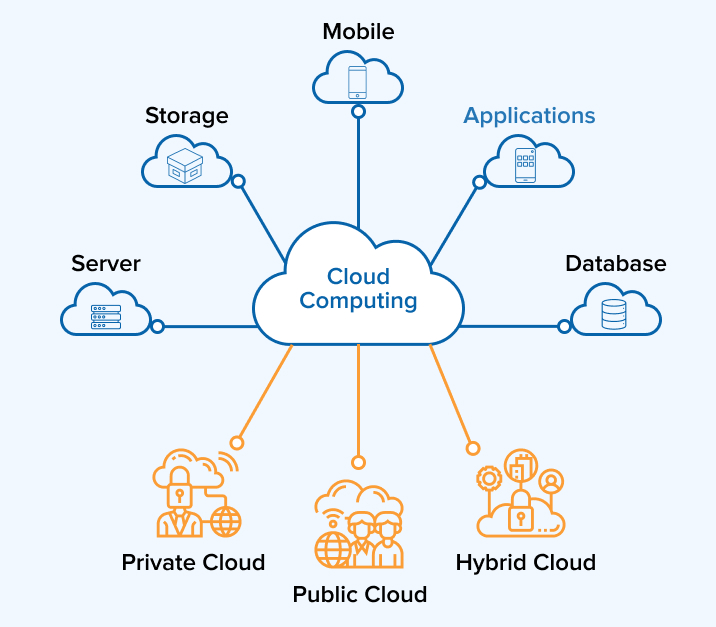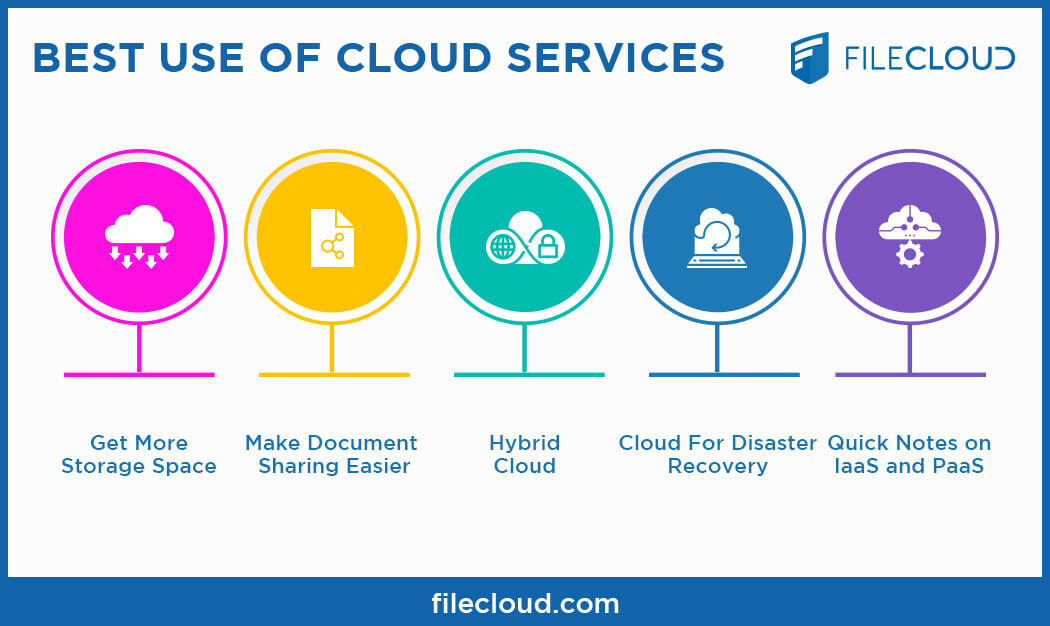LinkDaddy Cloud Services Decoded: Insider Insights right into Universal Cloud Service Advancements
LinkDaddy Cloud Services Decoded: Insider Insights right into Universal Cloud Service Advancements
Blog Article
Simplify Your Framework With Cloud Solutions
As organizations browse the ever-evolving landscape of technology and data administration, the role of cloud solutions in streamlining infrastructure has actually become increasingly popular. The attraction of streamlined procedures, improved performance, and enhanced resource appropriation via cloud remedies is obvious. The journey towards a more affordable and active IT framework entails more than simply migrating to the cloud. It requires a critical technique and a deep understanding of the nuances of cloud adoption. So, exactly how can services successfully browse this shift and genuinely unlock the potential of cloud services for streamlining their infrastructure?
Advantages of Cloud Provider
Cloud services provide a structured strategy to managing IT infrastructure, supplying businesses with cost-efficiency, scalability, and flexibility. One of the crucial benefits of cloud services is the scalability they use. Organizations can quickly scale their resources up or down based upon need, ensuring they just pay for what they utilize. This versatility is particularly advantageous for services with varying demands or those experiencing growth.
In addition, cloud solutions eliminate the demand for companies to buy costly software and hardware. This cost-efficiency is a considerable benefit, particularly for little to medium-sized ventures looking to reduce in advance costs. By utilizing cloud solutions, companies can access top notch IT sources without the hefty price tag linked with conventional framework configurations.
Furthermore, cloud services provide businesses with the flexibility to access their data and applications from anywhere with a net link. This degree of accessibility improves collaboration among groups, allows remote job, and increases general productivity. The versatility provided by cloud solutions empowers businesses to adjust promptly to transforming market conditions and consumer needs.
Price Savings and Scalability
In addition to the functional advantages highlighted earlier, the combination of cloud solutions right into a firm's framework yields considerable price financial savings and enhanced scalability. Cloud solutions offer a pay-as-you-go model, allowing companies to range sources up or down based upon existing needs, consequently preventing the costs linked with preserving excess capability. This versatility enables companies to adapt promptly to changing demands without sustaining unneeded costs.
Furthermore, cloud services eliminate the demand for upfront investments in software and hardware, minimizing funding expenses. General expenses are likewise decreased as companies no much longer need to take care of and keep physical web servers, resulting in lower energy consumption and IT staffing expenses. Additionally, cloud solutions provide automated updates and upkeep, ensuring that the framework remains safe and secure and updated without calling for hand-operated treatments.
Enhanced Security Procedures
Carrying out strict safety and security measures is paramount when integrating cloud solutions right into a business's framework to guard delicate data and guarantee compliance with sector regulations. Cloud solution carriers use boosted security features such as information security, firewall defense, and multi-factor verification to minimize cybersecurity dangers.
Additionally, regular security audits and compliance assessments assist identify susceptabilities and make sure adherence to market standards. Firms can likewise take advantage of features like automatic safety and security updates and real-time danger tracking offered by cloud solution providers. By focusing on safety and security actions and staying aggressive in resolving prospective threats, services can with confidence utilize cloud solutions while safeguarding their useful data from unapproved gain access to or violations.
Transitioning to Cloud Framework
To efficiently integrate cloud solutions right into a business's facilities, a structured technique that deals with the change in the direction of cloud-based services is crucial. Transitioning to shadow facilities involves cautious preparation and implementation to guarantee a smooth migration process. The initial step is to evaluate the present framework and identify which systems and applications appropriate for migration to the cloud. This examination needs to consider aspects such as data level of sensitivity, conformity requirements, and performance needs.
As soon as the analysis is complete, a movement method must be created. This approach must outline the timeline, sources, and duties for moving each element to the cloud. It is vital to interact this plan clearly to all stakeholders to guarantee positioning and decrease disturbances throughout the shift.
During the migration process, screening and tracking are important to determine and address any kind of problems immediately. Routine checkpoints ought to be established to track progression and make necessary changes. Furthermore, training for employees on making use of cloud services must be supplied to make sure a successful transition and optimize the benefits of the brand-new facilities.
Ideal Practices for Cloud Adoption
Effective adoption of cloud solutions rests on the strategic alignment of company objectives with technological capabilities and organizational preparedness. To make sure a smooth transition to the cloud, companies ought to begin by performing a detailed evaluation of their existing infrastructure and pop over to this site determining which work are best matched for cloud migration. It is crucial to include key stakeholders from various departments in the decision-making procedure to gain buy-in and attend to any kind of concerns beforehand.
Another finest technique for cloud adoption is to prioritize security and conformity. Organizations should very carefully evaluate the protection procedures offered by cloud company and ensure that their information is secured according to industry standards and regulative needs. Implementing robust data file encryption, accessibility controls, and normal safety and security audits can aid mitigate threats connected with cloud fostering.

Final Thought

As companies browse the ever-evolving landscape of modern technology and information monitoring, the role of cloud services in streamlining facilities has actually come to be increasingly popular - cloud services press release. Just how can services properly browse this shift and absolutely open the potential of cloud services for simplifying their facilities?
Cloud solutions provide a structured strategy to handling IT facilities, supplying organizations with cost-efficiency, flexibility, and scalability. By making use of cloud services, services can access high-grade IT sources without the hefty rate tag associated with linkdaddy cloud services press release standard framework configurations.
To make certain blog here a smooth change to the cloud, organizations ought to begin by conducting an extensive evaluation of their present facilities and determining which work are best suited for cloud migration.
Report this page